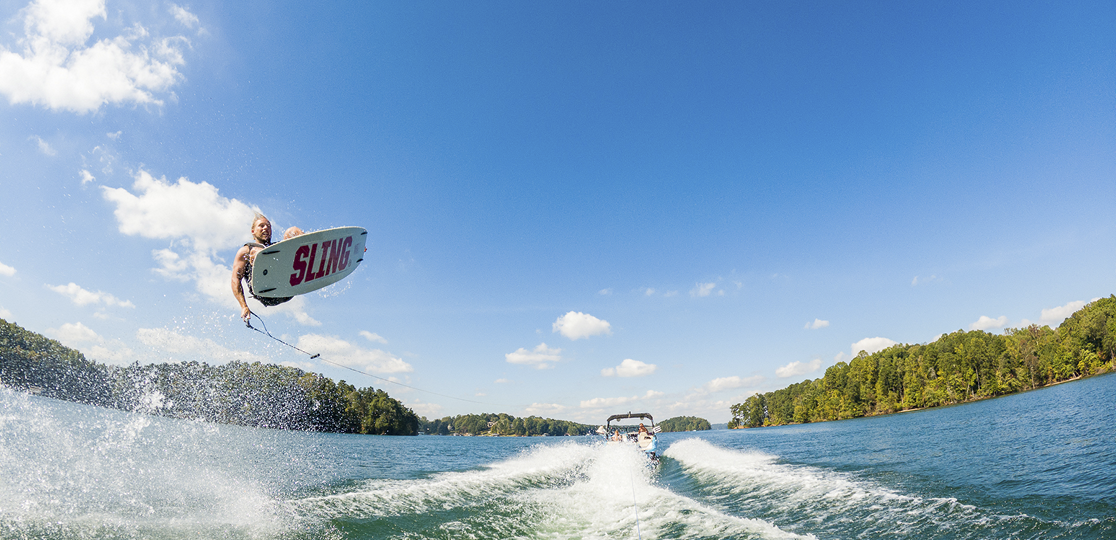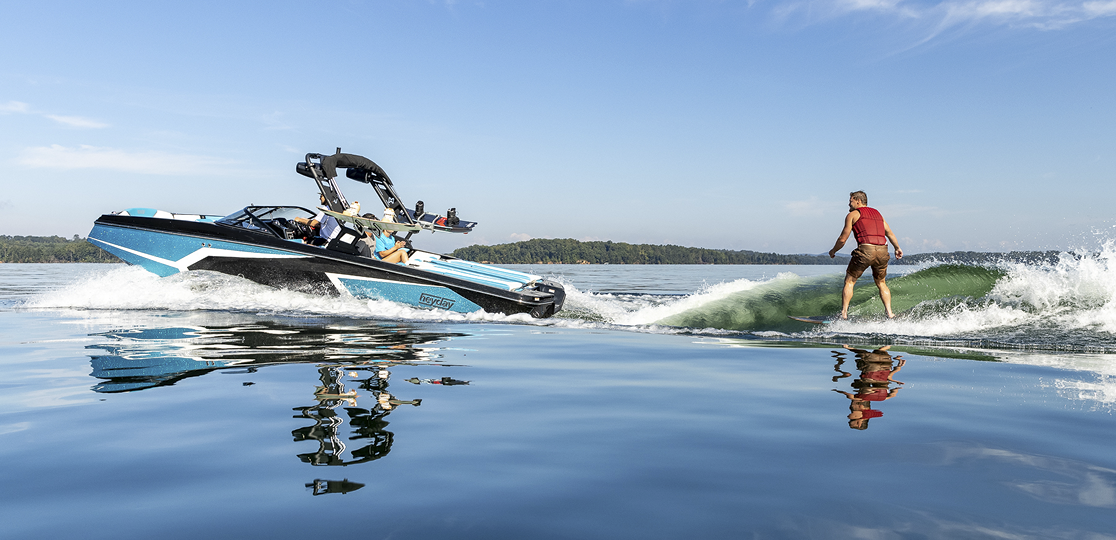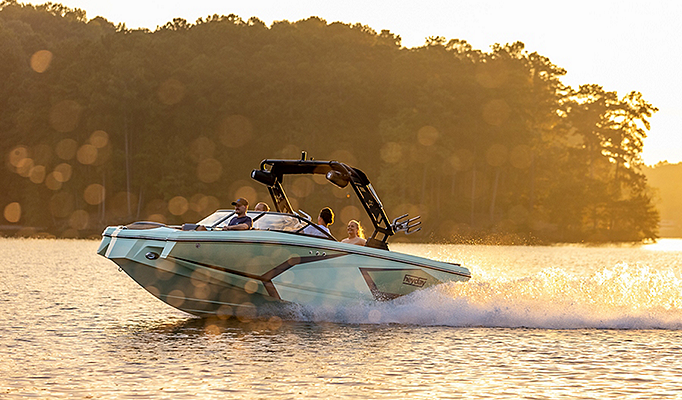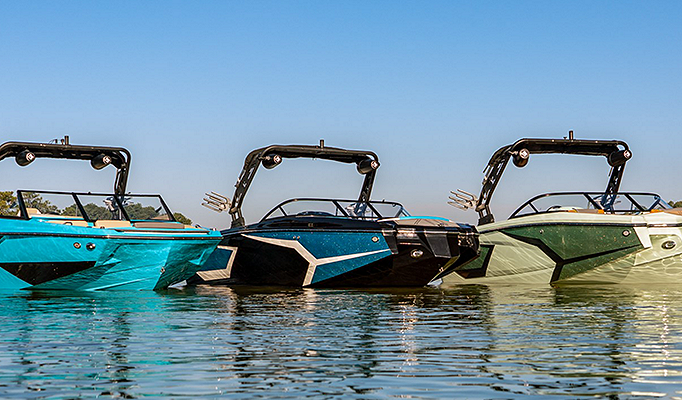Before you start learning any tricks for wake sports, it's essential to master the skill of safe towing. Whether you're towing wakeboarders, surfers, or tubes, safety should be a top priority. Here's a straightforward guide to help you tow safely in water sports.
1. Get Informed
Start by educating yourself about safe towing practices. The Water Sports Industry Association’s Towed Water Sports Handbook is a valuable online resource. While it may not cover everything, it provides essential tips for safe towing.
Ensure that everyone onboard wears a properly fitting life jacket, and check that tow ropes are adequate and correctly tied. Always have an observer, and equip the driver with a rear-view mirror.
2. Communication is Key
Clear communication between the driver and the rider is crucial. Keep verbal communication minimal, especially just before the launch. When the rider is ready, the driver should ask loudly, "ARE YOU READY?" If the rider is not ready, the response should be "WAIT!" Avoid using confusing words like "no" and "go." When the rider is set, they should respond with "IN GEAR!" followed by "HIT IT!"
Once the rider is in motion, switch to hand signals. A thumbs-up means go faster, thumbs-down indicates a slowdown, and the OK sign signals the right speed. If the rider wants to stop, mimicking slashing the throat or patting the head is the way to communicate. After a crash, if the rider is okay, they should signal by grabbing their wrist over their head.
3. Towing Tubes
When towing tubes, always consult your Heyday owner’s manual for instructions on where and how to attach tow lines. Heyday boats, thanks to their natural wave-building design, don't require high speeds for an exciting tube ride. To create more action, drive in an S-pattern to make the tube cross over the wake.
Keep in mind that small kids should not be towed faster than 15 mph, while older riders should not exceed 20 mph. If a rider wants to catch some air, they should ride alone to avoid collisions with others

4. Driving Wakeboarders
If your Heyday is equipped with Zero Off or Mercury SmartTow cruise control, make use of it. Set the terminal speed at around 20+ mph for adults and slower for youngsters. Gradually advance the throttle and keep your hand on it in case you need to reduce speed quickly. Maintain your left hand on the wheel at the 10 o'clock position.
To drive straight, aim the boat toward a distant point on land. Ensure 360-degree awareness and stay clear of potential obstacles like docks. Avoid repeatedly passing in the same area to prevent annoyance to homeowners. When picking up a downed rider, approach from the driver's side and cut off the engine.

5. Driving Surfers
For surfing, the launch is slower, and the ideal speed is around 10 mph. Stay in the middle of deeper water to allow the wave to dissipate before it reaches the shore. Deeper water also results in larger, well-defined waves. If a surfer falls, reduce the throttle to idle and turn right to let the wave pass before idling toward the surfer for pickup.
By following these straightforward guidelines, you can ensure a safe and enjoyable towing experience for all water sports enthusiasts.
Read more beginner wake boating tips from Heyday pro wakeboarders.



